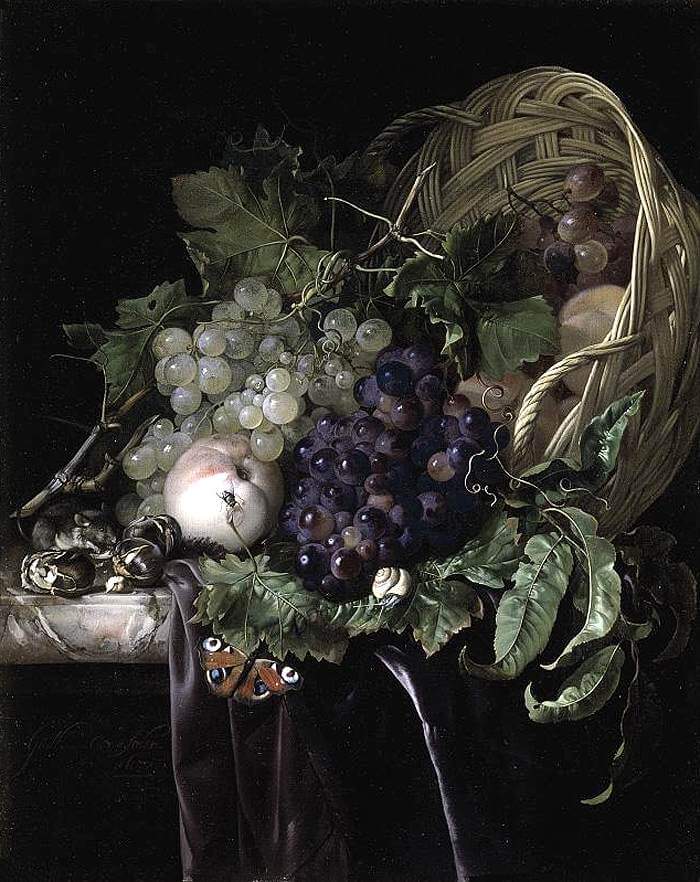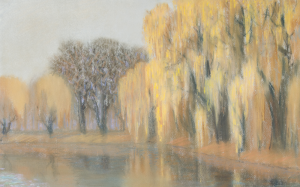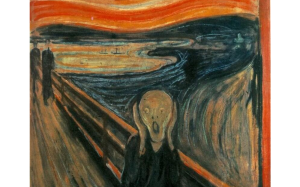Who are the main players in the art market?
 Who collects art? What are their roles? How do they find works?
Who collects art? What are their roles? How do they find works?
Answers to these simple questions give an idea of how the world of art works – about traveling works from the artist’s studio to the hands of the buyer.
The more you understand the market, the more successful you will be to buy, sell and collect art.
Let’s start with the primary market.
The primary art market covers works of art that are acquired for the first time. As a rule, these are fresh works from the artist’s studio or gallery. The price is determined by factors such as material and labor costs, demand, prices for similar works of art, as well as the reputation of the artist.
Some of the key players in this market are:
Collectors
Young or old, new or experienced collectors are looking for art to create their personal collections. They buy works for a variety of reasons: from aesthetic value to financial investments.
Interior designers
The market for interior design is extensive, and the need for new art is endless. Many designers become repeat buyers when their style fits well with the aesthetics of the artist’s design.
Consumers
Less inclined to create an impressive collection solely for investment purposes, this part of the art market still represents a significant segment of buyers. Individual sales are new gallery representatives when it comes to creating or destroying an artist’s career. And social networks simplify and speed up communication with consumers on the Internet. Try to find consumers at art fairs, exhibitions, or through interior designers.
And now let’s look at the secondary art market.
The secondary market focuses on the resale of the artist’s works – works that have already been bought at least once. Sellers are trying to make a profit from works of art, but prices can be affected by how much the artist’s work is available and how quickly it is sold. The greater the demand and the less affordable it is, the better.
The main players in this market are:
Auction houses
Auction houses take art, which, in their opinion, has a good chance of selling, because they are also trying to stay in business. Each sold product brings them a commission.
Unless it is the work of a world famous artist whose name attracts collectors, sellers will be treated as art sold at previous auctions or in galleries.
Artists with little experience of participation in auctions can sell their works at competitive prices, then auction houses will be confident in making a profit.
Museums
Curators of museums are always looking for new works for exhibitions. Gallery owners and art dealers, who have exciting opportunities, turn to them repeatedly. Curators should take into account both critics; other curators and museum visitors will react to the works based on their knowledge in the field of art. Find these players at community cultural events and talk about art programs.
There are still those who play in both markets.
Some of the major players in the collectible world play in both the primary and secondary markets. They buy directly from new artists, but they do not intend to keep art for a long time.
This category includes:
Galleries
Gallery owners can show works directly from the artist’s studio, as well as select artwork from their own collections or from other dealers. Experienced gallery owners have their own aesthetics and interests, and they will prefer art for sale, which has a history and similar aesthetics. The gallery has a commission on the sale of works of art.
Retailers
Retailers who engage in wholesale sales will purchase artwork directly from the artist (usually at half the retail price). Then they put up works for sale in their own store, trying to make a profit.
Art dealers
Art dealers should be aware of what is exciting, new or collectible. They remain in harmony with the changing trends and tastes of world art. They buy in both markets – from auction houses and artists. Then they sell these works in their galleries or find collectors.
Art Consultants
The work of an art consultant is to find exactly the art that their client is looking for, while making sure that it is within their budget. They do this by using connections in the art world and receiving discounts that cover the fees for their services.
Now, you know the main players.
Use this knowledge to your advantage. It is clear that if you are interested in collecting art, you have many different possibilities. But the world of collecting is very complicated. While the value of money grows and falls, relationships with all key players in the art market will serve as guidance.





